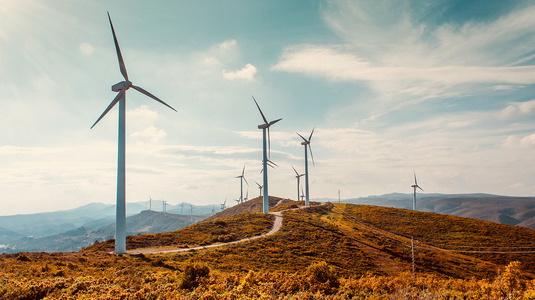Leveraging new data from existing infrastructure (Guest blog by Thales GTS)

Optical fibres are all around us. They are used domestically for internet connectivity and TV services; on A-Roads and motorways for information system.
On the railway network they are used for transmission of signalling and communication data.
Given their wide application, we at Thales GTS, along with our consortium partners, have been investigating how these existing trackside fibre optic cables can be used to improve railway operations following a successful response to a Network Rail Innovation Competition.
Through Fibre Optic Acoustic Sensing (FOAS), we turn these optical fibres into thousands of distributed strain sensors, gaining insights about objects moving alongside the cable (such as direction and speed) and the infrastructure around it.
This technology is commonly referred to as ‘Distributed Acoustic Sensing’, but we have opted to call it FOAS to avoid any confusion with Driver Advisory Systems commonly used in the rail sector.
An enhanced understanding of the railway is critical
The benefits of FOAS are multiple. It could, for example, help us better understand train positioning, the presence of defects, trespassers on the railway and how people are using level crossings.
This granularity of understanding is critical. At a time when we need to drive value for money and efficiencies in infrastructure, it is vital that infrastructure managers are able to leverage information to pre-empt things going wrong. This insight also helps the railways better understand its customers and how the railway is used - essential for making our railways even more customer-focused.
Technology fit for the future
Achieving these insights will be achieved through data, but there are cost benefits too as FOAS systems can cover long distances, utilising fibres already in installed.
While using fibre optics to derive information about the area around the cable has been a topic of research since the 1980s, we are working with our partners to propel the technology into the future, allowing tracks to be monitored in real time, reducing costs for operators and increasing ease-of-use for rail staff.
To deliver our FOAS project, we have created a consortium with two longstanding SME partners, Focus Sensors and Incremental Solutions. We are also working with academia, via the Austrian Institute of Technology, and other industry partners such as Dahua Technologies and LoRaWAN provider Comms365.
In a sector where attention is commonly focused on ‘asset-and-location’ specific deployment, we are excited that FOAS can provide both system-level data collection and a cost-efficient approach.
We believe that innovation such as this is key to unlocking value for the railways and creating the efficiency and experience we need to deliver for our customers and for the planet.
Get involved with our work
All of techUK’s work is led by our members – keep in touch or get involved with our work on transport and infrastructure by joining our groups.



